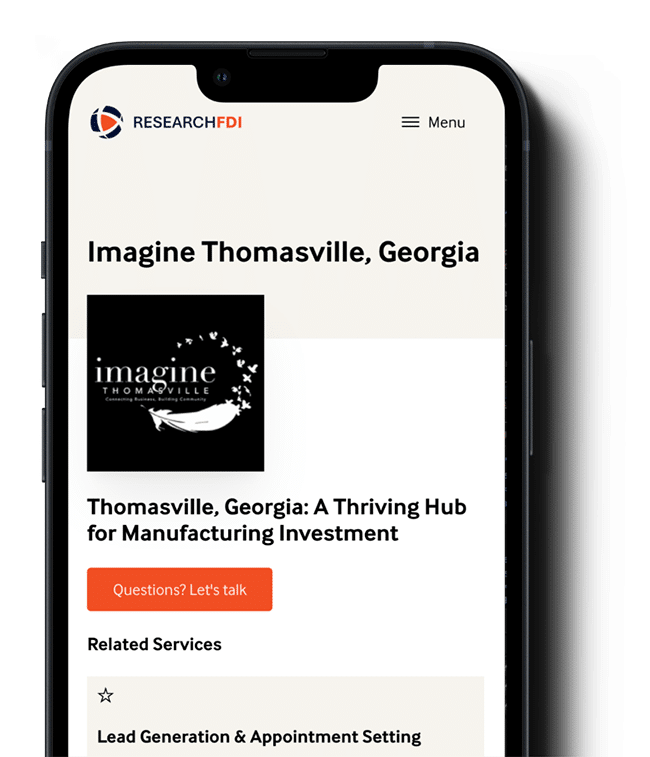Inward investment is the injection of funds from an external source into a country in order to purchase capital goods for a branch of a corporation to develop the economy in the region. The investment is foreign money that is circulated back into the domestic economy. Inward investment differs from outward investment, which is an outflow of investment capital into foreign economies.
Foreign sources — like multinational businesses — invest money by introducing new industrial sites to an area in order to produce more of their product. One of, if not the most glaring advantage of inward investment involves creating more jobs in an area while bringing wealth into the economy.
Some regions attract inward investment as a result of their remoteness. A company that wants to recruit personnel with specific skills might deliberately relocate to an area where wage rates are relatively low because of the absence of similar jobs or localized underemployment. International investors seek to take the advantage of relatively lax regulations through investing abroad.
More from ReearchFDI:
- How to improve ROI with lead generation
- Benefits and advantages of foreign direct investment
- Research Uncensored Podcast Ft. Lee Crume & Kimberly Rossetti
- The top 20 largest economies in the world by GDP
Advantages of inward investment
Since inward investment refers to the purchase of capital goods, said goods are used in producing other goods, instead of being bought by consumers. A good example is heavy machinery in a car factory while the actual cars that the factory produces are consumer goods.
Let’s say a consumer in the US orders a bottle of whisky from a supplier in Scotland, that wouldn’t be considered an inward investment for Scotland but instead would be considered an export. The bottle of whisky is considered a consumer good, not a capital good.
However, if the US company set up an actual factory in Scotland (or acquire a company from Scotland), that is an inward investment for Scotland and an outward investment for the United States.
Inward investment creates jobs in a country and brings wealth to its economy. For example, Mexico has received a great deal of inward investment from US multinational companies, which then produce goods in Mexico that can be sold to US consumers. The Ford Motor Company has a factory in Cuautitlán for example, which assembles cars in Mexico that are then exported to the United States.
Governments around the world are actively involved in attracting inward investment by offering incentives like special tax deals and cheap land which can be built for factories. Some governing bodies even offer to contribute money to a project.
In short, inward investment has the following advantages on countries:
- build new factories
- create millions of profitable jobs
- grow well-established operations
- fund research and development
One of the most common types of inward investment is a foreign direct investment (FDI). FDI occurs when one company buys another business or established new operations in an existing business in a different country.
Both inward investments and FDI often result in a significant number of multinational mergers and acquisitions. Instead of creating new businesses, inward investments occur when a foreign company acquires or merges with an existing one. Inward investment helps companies grow and open borders for international integration.
According to the Bureau of Economic Analysis (BEA), total foreign direct investments into US businesses in 2019 were $194.7 billion. The $194.7 billion was a 37.7% decrease from the prior year and below the annual average of $333.0 billion from 2014 to 2018.
By region, Europe contributed over half of the new investment in 2019 to the United States. The largest expenditures came from the United Kingdom at $40.4 billion and Canada at $35.7 billion.
In conclusion, the method is simple — invest money from an external source into a specific country in order to purchase capital goods for a branch in order to develop the economy in the same region.



